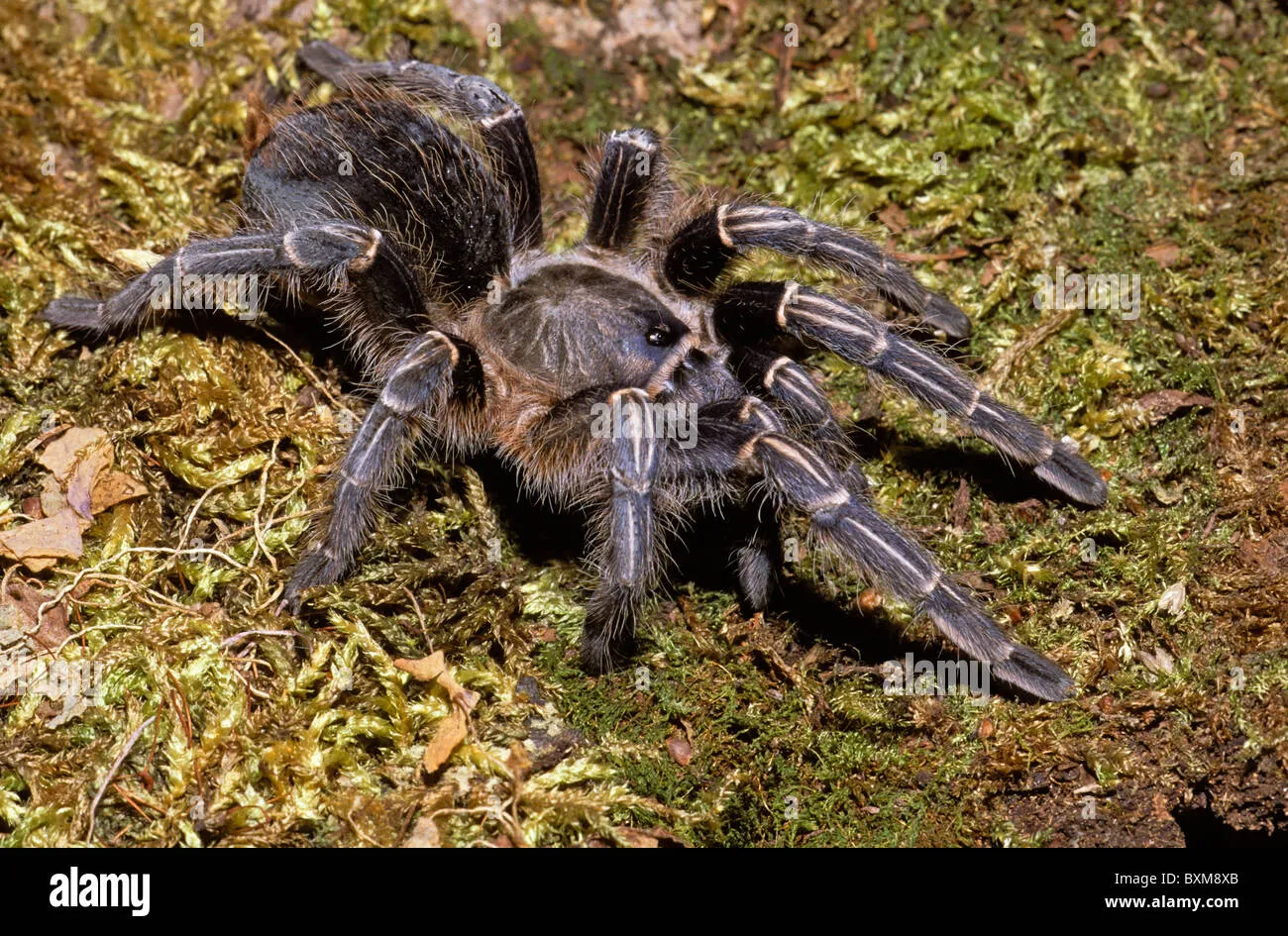Zebra Knee Tarantula Care Tips
The Zebra Knee Tarantula (Aphonopelma seemanni) is a popular choice for tarantula enthusiasts due to its striking appearance and relatively docile temperament. However, like any pet, these fascinating creatures require specific care to thrive. This guide provides essential tips to ensure your Zebra Knee Tarantula lives a long, healthy, and fulfilling life. Understanding their needs is the first step towards successful tarantula ownership, providing a rewarding experience for both you and your eight-legged friend. From enclosure setup to recognizing stress signs, we’ll cover the most important aspects of Zebra Knee Tarantula care, helping you become a knowledgeable and responsible tarantula keeper.
Enclosure Setup
A well-designed enclosure is crucial for your Zebra Knee Tarantula’s well-being. The size of the enclosure should be appropriate for the tarantula’s size; a juvenile can start in a smaller terrarium, while adults need more space. A general rule of thumb is to provide a space that is at least three times the tarantula’s leg span in width and length. Ventilation is another key aspect; ensure the enclosure has cross-ventilation to prevent mold and maintain air quality. The enclosure should also be secure, with a tight-fitting lid to prevent escapes. Regularly inspect the enclosure for any signs of damage or escape routes. Consider the location of the enclosure, keeping it away from direct sunlight, drafts, and excessive noise.
Substrate and Decor
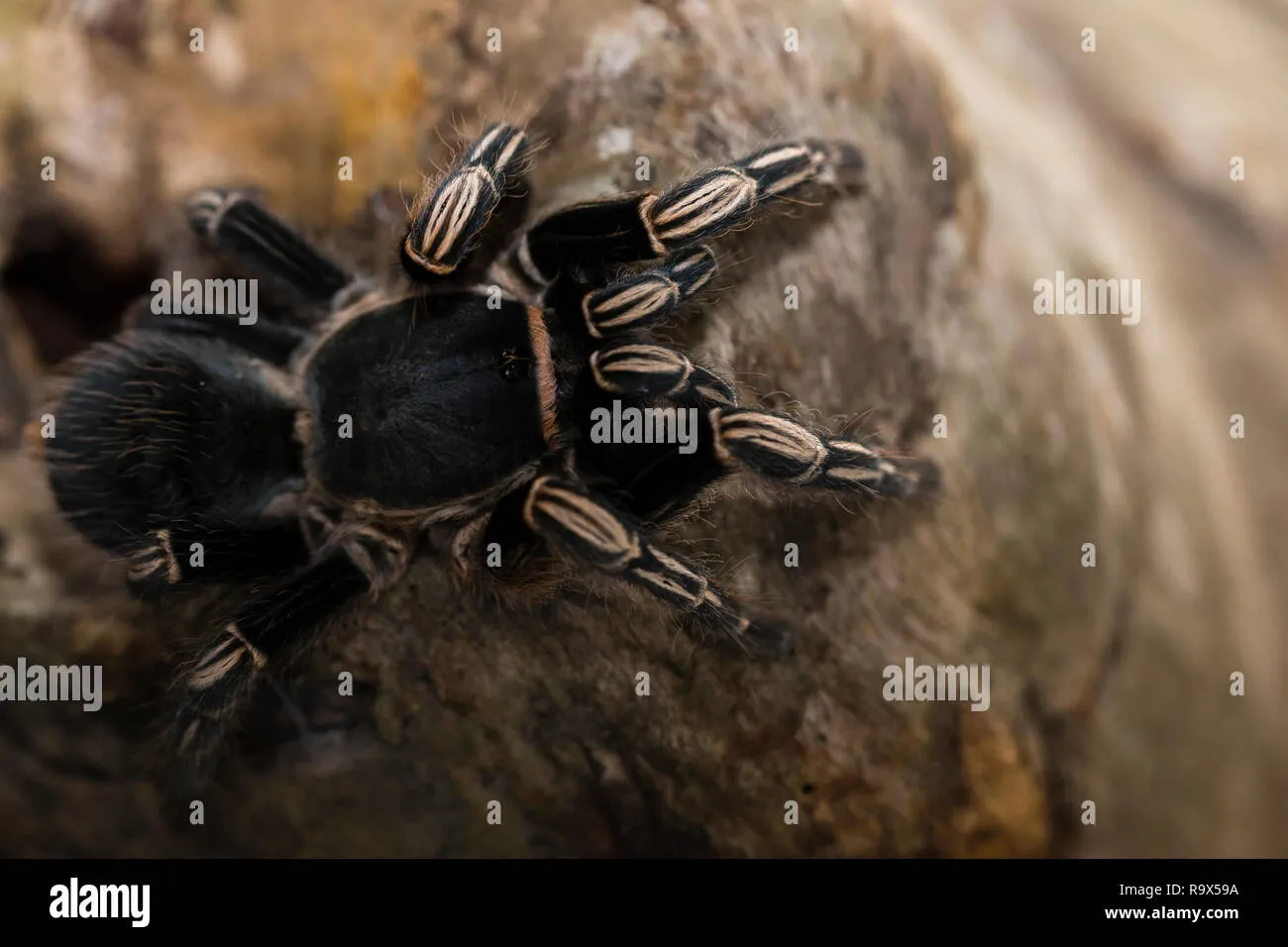
The substrate, or bedding, plays a vital role in maintaining humidity and providing a comfortable environment for your Zebra Knee Tarantula. A good substrate choice is a mixture of peat moss, coconut fiber, and a small amount of vermiculite. This combination retains moisture well while allowing for burrowing. Aim for a substrate depth that allows the tarantula to burrow, typically 4-6 inches. Decorate the enclosure with hiding places like cork bark, artificial plants, or sturdy decorations. Avoid sharp objects that could injure your tarantula. Ensure the decorations provide security and a natural environment for your pet. Regularly monitor the substrate for cleanliness and replace it as needed to maintain optimal hygiene. The substrate helps control humidity, which is critical for the tarantula’s molting process.
Temperature and Humidity
Maintaining the correct temperature and humidity levels is essential for your Zebra Knee Tarantula’s health. The ideal temperature range is between 75-85°F (24-29°C). Use a heat lamp or under-tank heater to maintain this temperature, but always monitor it to prevent overheating. Humidity levels should be between 60-70%. You can measure humidity with a hygrometer. Achieving this humidity level often involves misting the enclosure once or twice a week and ensuring the substrate is slightly moist but not waterlogged. Proper ventilation is essential to prevent the build-up of excess moisture, which can lead to mold growth and other health problems. Consistent temperature and humidity are critical for their overall well-being and molting cycle. A stable environment reduces stress and promotes a healthier tarantula.
Feeding Your Zebra Knee Tarantula
Proper feeding is a cornerstone of tarantula care, directly impacting their growth, health, and longevity. Zebra Knee Tarantulas are opportunistic feeders, meaning they will eat what is available. Their diet should consist primarily of insects. Understanding their dietary needs will allow you to properly care for your pet tarantula. The size of the prey should be appropriate for the size of your tarantula; the general rule is that the prey should be no larger than the tarantula’s body. Offering a varied diet of crickets, roaches, mealworms, and other commercially available insects will help ensure they get the nutrients they need. Avoid feeding wild-caught insects, as they may carry parasites or pesticides. Monitor your tarantula’s feeding habits to ensure they are eating well, adjusting the diet based on its appetite and growth rate.
Prey Selection
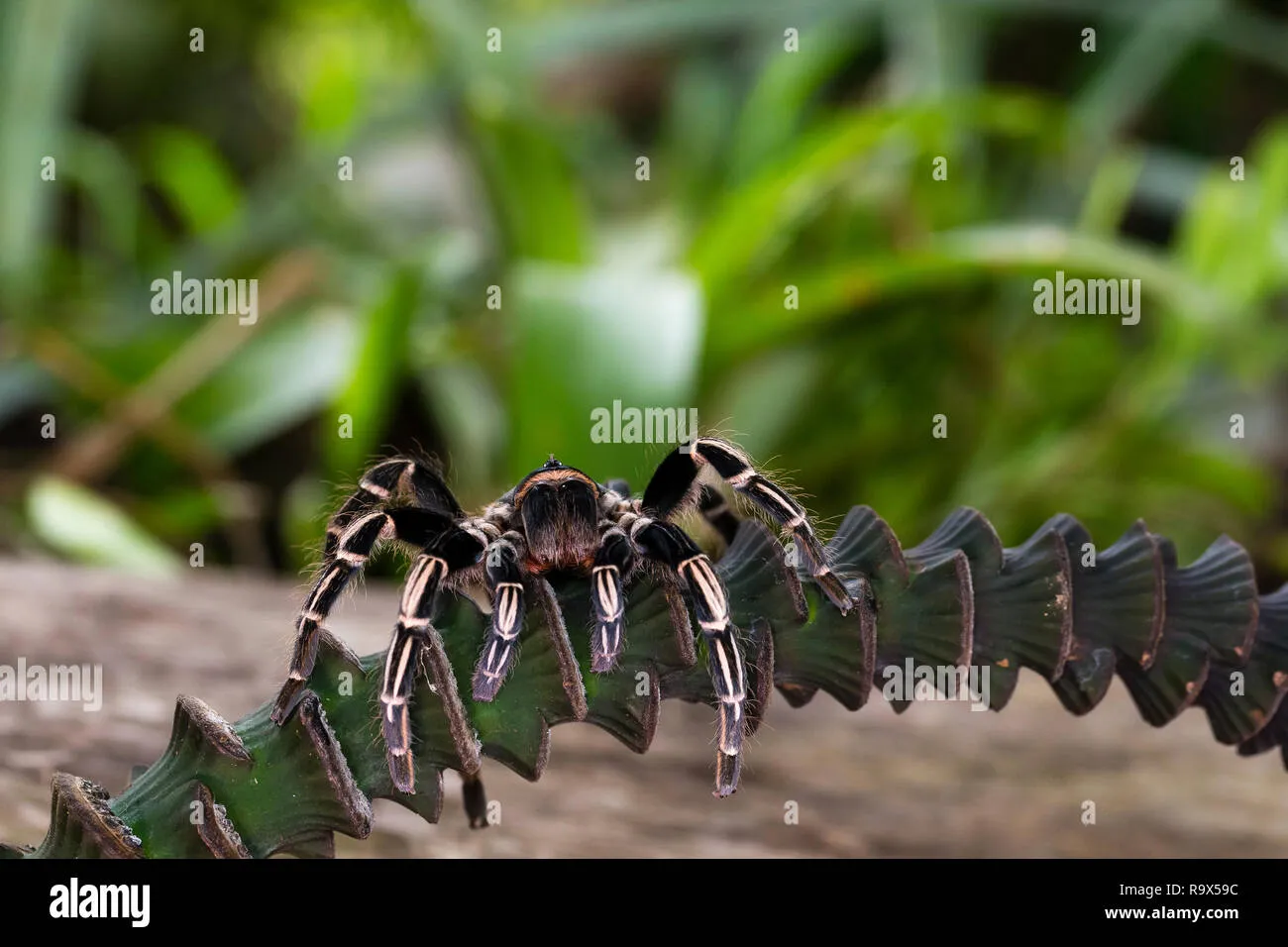
When choosing prey, focus on providing a balanced diet. Crickets and roaches are excellent staples, offering good nutritional value and stimulating hunting behavior. Mealworms can be offered as a supplement, but they have a higher fat content, so use them sparingly. Before feeding, gut-load the insects with nutritious foods like fresh vegetables and commercial insect food. This practice enhances the nutritional value of the prey, passing those nutrients to your tarantula. The prey should be free from pesticides or other harmful chemicals. Remove any uneaten prey within 24 hours to prevent stress to the tarantula and reduce the risk of the prey attacking the tarantula during a molt. A good variety of prey helps maintain a well-nourished and healthy Zebra Knee Tarantula.
Feeding Frequency
Feeding frequency depends on the tarantula’s age and size. Spiderlings (young tarantulas) can be fed 2-3 times a week. As they grow, you can reduce the feeding frequency to once a week or even less often for adults. Adult Zebra Knee Tarantulas may only need to be fed every 1-2 weeks, depending on their size and condition. Always observe your tarantula; if it refuses food, it may be about to molt. Avoid overfeeding, as this can lead to health problems and stress. After a molt, wait a few days before feeding to allow the exoskeleton to harden. Adjust the feeding schedule based on their activity level, and appearance and follow the tarantula’s cues about its appetite. Consistent observation is vital for the right frequency.
Water and Hydration
Providing fresh water is critical for your Zebra Knee Tarantula’s survival. Tarantulas need access to clean water at all times. A shallow water dish is the best option. The water dish should be shallow enough to prevent drowning. Ensure the dish is easily accessible. Regularly check the water dish, and refill it with fresh, dechlorinated water. Tap water often contains chlorine, which can be harmful to tarantulas, so always use dechlorinated water. In addition to the water dish, misting the enclosure can also help provide hydration and maintain the necessary humidity levels. Monitor the substrate to ensure it remains slightly moist, which contributes to hydration. Proper hydration is essential for molting and overall health. Always monitor the water source and hydration of your tarantula.
Water Bowl Maintenance
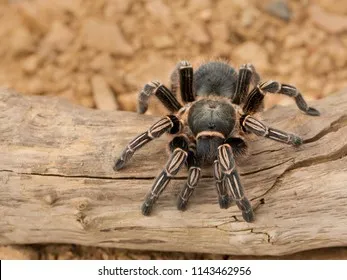
Maintaining the water bowl is vital for preventing the growth of bacteria and other harmful microorganisms. Clean the water bowl regularly, at least once a week, or more frequently if needed. Use a mild soap to wash the bowl, and rinse it thoroughly to remove any soap residue. Avoid using harsh chemicals, which can contaminate the water and harm the tarantula. Always provide fresh, dechlorinated water. Regularly monitor the water for debris or contamination, and replace the water immediately if you notice any issues. A clean water bowl contributes to the overall health and well-being of your pet. Neglecting the water bowl can lead to various health issues. Remember that regular cleaning and fresh water is essential for keeping your Zebra Knee Tarantula healthy.
Misting and Humidity Control
Misting the enclosure helps maintain the necessary humidity levels for your Zebra Knee Tarantula. Use a spray bottle filled with dechlorinated water to mist the enclosure. Mist the enclosure once or twice a week, depending on the humidity levels and the substrate’s dryness. The goal is to keep the substrate slightly moist, but not waterlogged. Monitor the humidity levels with a hygrometer to ensure they are within the ideal range of 60-70%. Avoid over-misting, as excessive moisture can lead to mold growth and other health problems. Misting also provides the tarantula with a source of drinking water if it chooses to drink from the droplets. Proper humidity control is crucial for their molting process and overall well-being. Consistent humidity is crucial for the tarantula’s health.
Handling and Safety
Handling Zebra Knee Tarantulas is generally discouraged, as it can be stressful for the spider. However, if handling is necessary, it should be done with caution and care. Avoid handling the tarantula unnecessarily. Always approach the tarantula calmly and gently. Never grab at the tarantula; instead, encourage it to walk onto your hand. Keep your hands close to the ground, in case the tarantula falls. Avoid sudden movements and loud noises, as these can startle the spider. Wash your hands before and after handling the tarantula. Handling can be stressful for the tarantula and increases the risk of injury to both the tarantula and the handler.
Safe Handling Practices

When handling, support the tarantula’s body with your hands. Let the tarantula walk onto your hand rather than forcing it. Always keep your hands close to a soft surface, in case the tarantula falls. Be prepared for a possible defensive reaction; the tarantula may flick hairs or attempt to bite if it feels threatened. If the tarantula shows signs of stress, such as raising its front legs or adopting a defensive posture, immediately return it to its enclosure. Never handle the tarantula if it is about to molt, as its exoskeleton is fragile during this time. Be mindful of the tarantula’s behavior and body language, and adjust your actions accordingly. The goal is to minimize stress and prevent injury to both the tarantula and yourself.
Recognizing Stress Signs
Learning to recognize signs of stress is vital for ensuring your Zebra Knee Tarantula’s well-being. Common signs of stress include flicking hairs from their abdomen, adopting a defensive posture (raising their front legs and fangs), and refusing to eat. Other signs may include excessive hiding, pacing the enclosure, or a loss of appetite. If you notice any of these signs, assess the enclosure for potential stressors, such as incorrect temperature or humidity, inadequate hiding places, or frequent handling. Address the issue promptly to reduce stress and promote a healthy environment. Minimizing stress is essential for the tarantula’s overall health and longevity. Providing a calm and secure environment will significantly improve the life of your Zebra Knee Tarantula.
Health and Maintenance
Regular health checks and maintenance are essential for the longevity of your Zebra Knee Tarantula. Monitor your tarantula for any signs of illness, such as loss of appetite, lethargy, or unusual behavior. Keep the enclosure clean, removing any uneaten prey and replacing the substrate as needed. Quarantine any new tarantulas before introducing them to your existing collection to prevent the spread of disease. Provide a balanced diet, proper hydration, and a stress-free environment. If you suspect your tarantula is ill, consult a veterinarian experienced with tarantulas. Being proactive with health checks and enclosure upkeep will contribute significantly to the health and happiness of your Zebra Knee Tarantula. Proactive measures help keep the tarantula healthy and happy.
Shedding
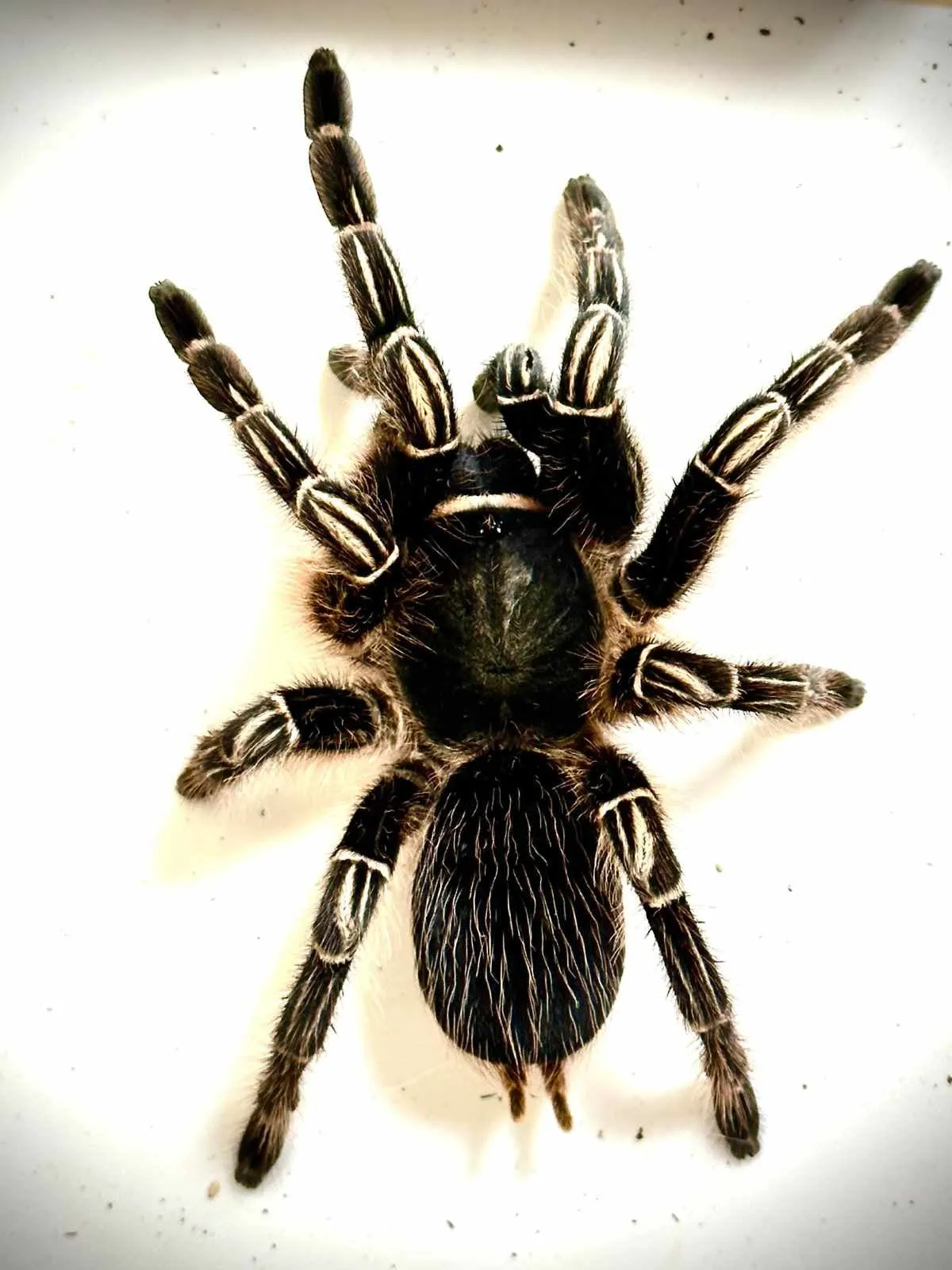
Shedding, or molting, is a natural process where a tarantula sheds its exoskeleton to grow. Before molting, the tarantula may stop eating, become less active, and may appear darker in color. They will often create a web mat or seal themselves in their burrow. During molting, the tarantula lies on its back and slowly wriggles out of its old exoskeleton. Do not disturb the tarantula during this process. After molting, the tarantula’s new exoskeleton will be soft and fragile. Wait a few days before feeding to allow the new exoskeleton to harden. Ensure the enclosure has appropriate humidity to aid the molting process. It is normal for tarantulas to lose limbs during molting, but they will regenerate them over subsequent molts. Understanding the molting process is key to successful tarantula care.
Common Health Issues
While Zebra Knee Tarantulas are generally hardy, they can be susceptible to certain health issues. Dehydration can occur if the humidity is too low or water is unavailable. Mites are another potential problem; these tiny parasites can irritate the tarantula. Fungal infections may develop if the enclosure is too humid or has poor ventilation. If you notice any of these issues, consult a veterinarian experienced with tarantulas. Provide the appropriate environment, including correct temperature and humidity to help prevent these issues. Be observant of your tarantula. Regular check-ups can identify potential problems early. Early detection and treatment are critical for ensuring your Zebra Knee Tarantula remains in good health. With appropriate care, your Zebra Knee Tarantula will thrive.
